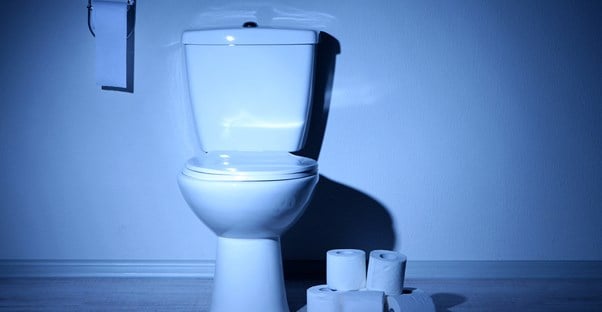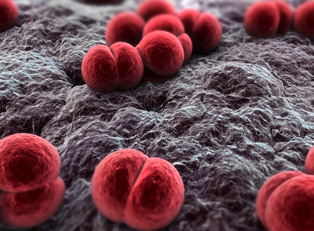Relieving yourself can be a stressful process, especially when it comes to using a poorly maintained public bathroom. If you manage to walk across the mysteriously slippery floor covered in grimy tiles, you must summon the courage to open the creaky stall door and inspect the toilet itself. On a good day, it’s a recognizable shade of porcelain white. On a bad day, it has an unnatural orange hue. By the time it’s time to wash your hands, you feel the need to promptly shower in scalding hot water and then burn your clothes.
If this description made you shudder, it’s likely that you’ve had your fair share of squeamish public restroom experiences. Unfortunately, you’re probably unaware of one of the grossest aspects of public toilets. It’s called aerosolization, and it will change the way you view flushing.
What is aerosolization?
As much as you’d like to think otherwise, not everything in a toilet bowl goes straight down the pipes when you flush. A number of small particles are launched into the air in a process called aerosolization. This airborne spray can contain a cocktail of nasty bugs that are hazardous to your health. A 2014 study published in the American Journal of Infection Control revealed that flushing a toilet can launch harmful viruses into the air.
In the study, researchers searched for six kinds of viruses in two office bathrooms and three hospital bathrooms. They found viruses in 81% of toilet aerosol. This included human adenovirus, which can cause infections in respiratory and GI tracts, eyes, and other regions of the body, according to the Saint Louis University School of Medicine.
How can I avoid toilet aerosols?
By now, you’re probably feeling the urge to use a hazmat suit every time you head to the bathroom. Fortunately Dr. Philip Tierno, clinical professor of microbiology and pathology at New York University Medical Center, offers techniques for how you can avoid this light spritzing of toilet mist in interviews published by WebMD and Everyday Health. Tierno suggests putting the seat down on a toilet before flushing, and if this isn’t possible, opening the stall door before flushing so you can make a quick escape. You’ll want to move quick too, because low-volume flushes can launch particles up to five feet, while some older toilets can have 20-foot aerosolization paths.
While the thought of toilet aerosols may be most unnerving when they’re spewing from a public toilet, it’s important to keep them in mind at home as well. Be sure to thoroughly disinfect your toilet and surrounding surfaces, following advice from the Centers from Disease Control and Prevention (CDC). The CDC recommends knowing the difference between cleaning solutions, which simply remove germs, and disinfectant solutions that kill germs. Be sure to use EPA-approved cleaning and disinfectant solutions, and follow all directions.




